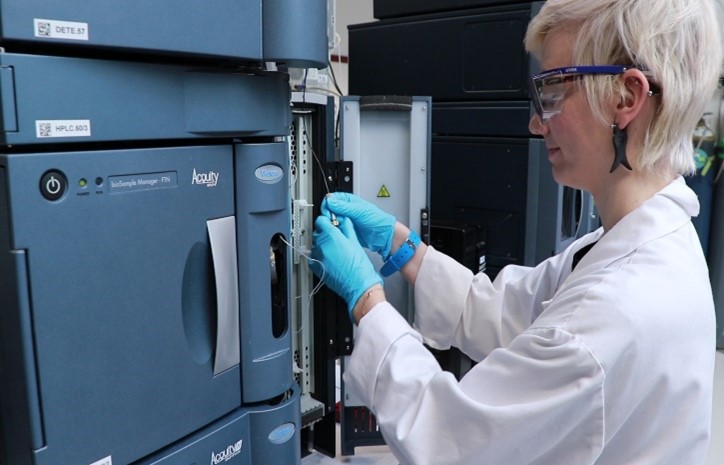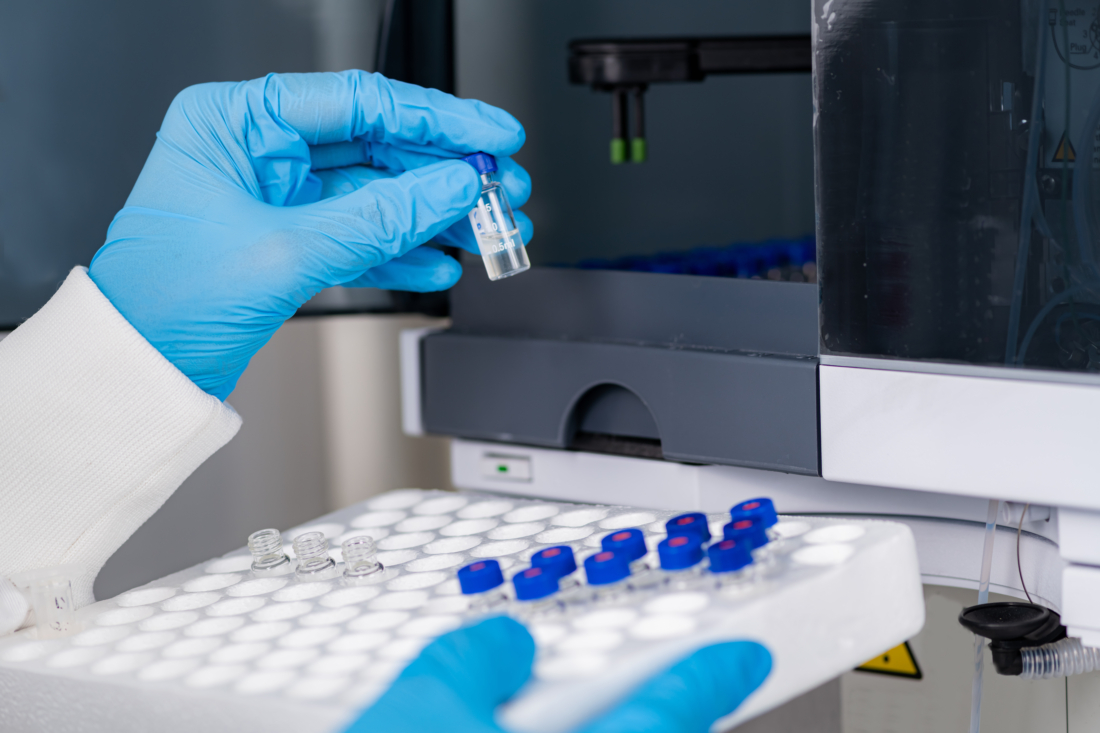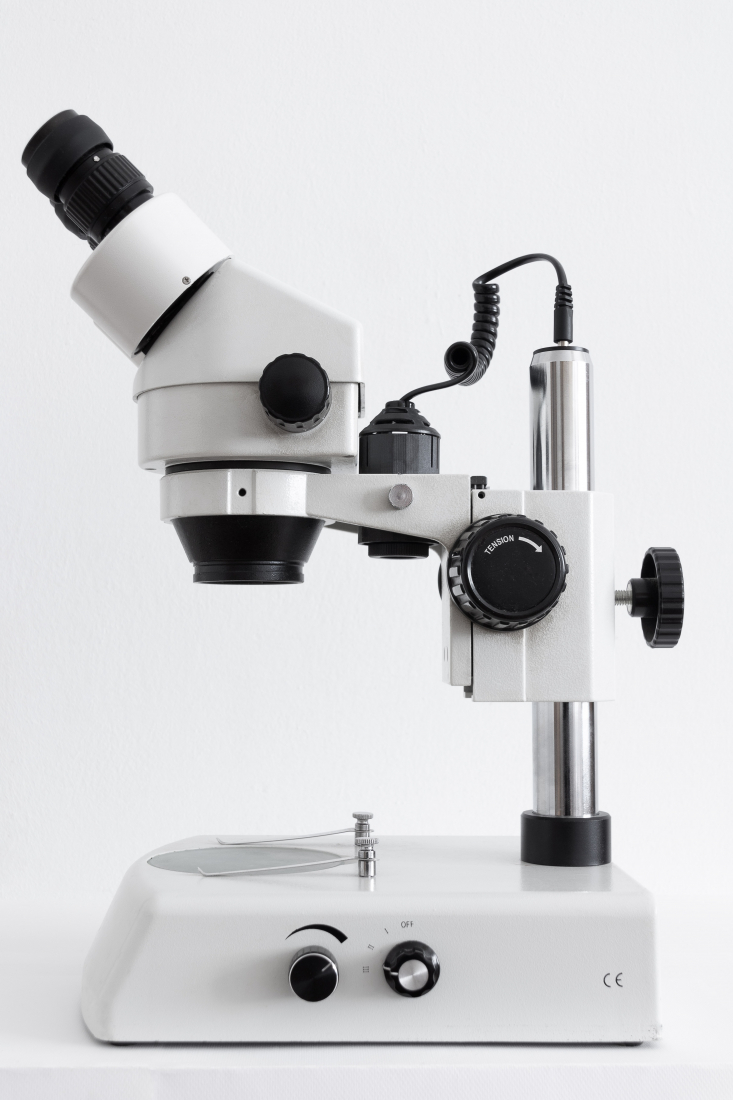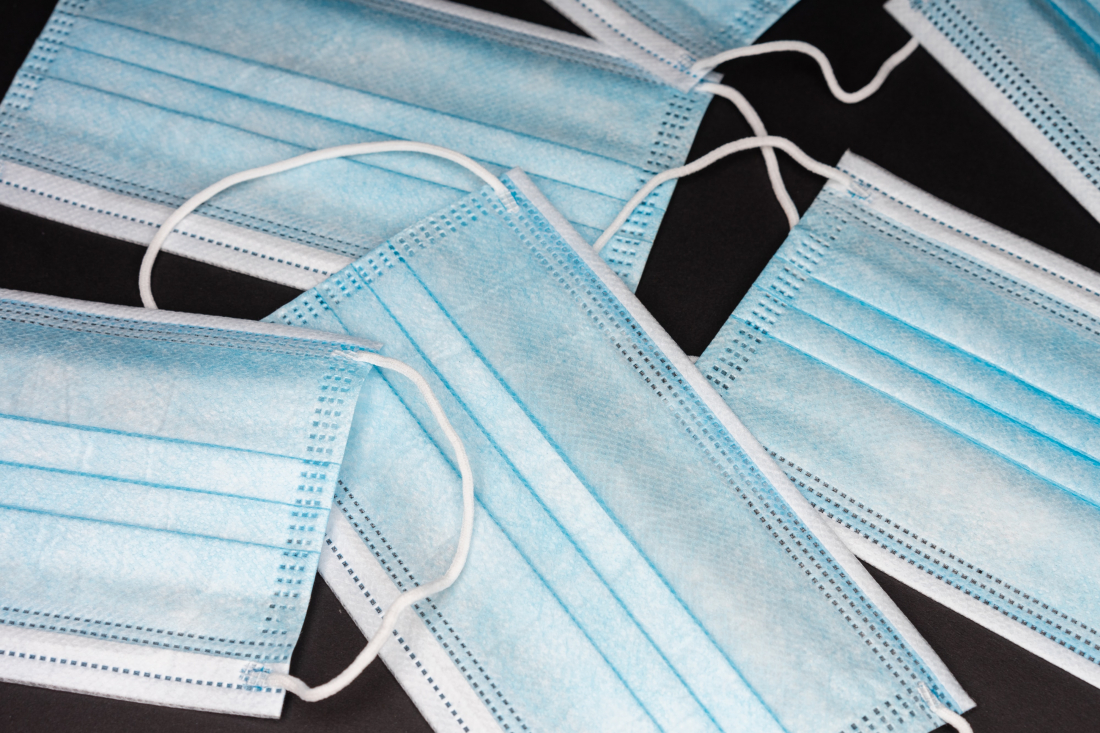Role of Quality Control in Pharmaceutical Industry: Understanding the Criticality
Role of Quality Control in pharmaceutical industry | Life Sciences | Physico-Chemical QC | Batch stability | Analytical transfer
In the dynamic landscape of pharmaceuticals, the role of quality control in pharmaceutical industry stands as a pivotal factor in ensuring the safety and efficacy of drugs. Let’s delve into the specifics of QC and its various facets, from Physico-Chemical QC to Batch Stability and Analytical Transfer. Quality Control in the pharmaceutical industry plays a vital role in assessing drugs at different production stages. Its primary responsibility is to ensure the readiness of drugs for the next phase, approving manufacturing processes in compliance with regulations for safe consumption.
Specific role of Physico-Chemical Quality Control in the Pharmaceutical Industry
Physico-Chemical Quality Control (QC) is one of the central departments in the pharmaceutical industry. It ensures that the quality of incoming materials and outgoing products are of sufficient quality for their use or consumption.
In order to cover all the responsibilities of the Physico-Chemical QC, some companies separate this department into several departments:
- The raw materials QC
- The QC of finished products
- The QC of stabilities
- The QC of analytical transfer
Compliance of raw materials
The QC of raw materials is responsible for testing to assess the compliance of raw materials/excipients arriving on site. For this purpose, when the tested material is present in the pharmacopoeias, it is evaluated according to its monograph. Otherwise, it is evaluated according to the applicable control technique. Only once the conformity of the materials is approved, they can be used in the industrial tool. A non-conformity on a material has heavy consequences on the activity of the site, because it leads to the opening of a quality event (OOS or deviation) and potentially an investigation at the supplier’s. During this time, the batch of material cannot be used to formulate medicine.
Once these materials are released, production makes the finished product. A sampling plan is carried out in order to send a small quantity to the finished product QC. The drug is analyzed according to its applicable control technique. The control techniques are the operating procedures to be followed in order to perform the analysis of a drug in a repeatable and reproducible manner. They are written based on the validation reports filed in the drug’s MA file.
Batch stability
The activity of the quality control does not stop there, because a certain amount of batches of drug product manufactured must be put in stability to ensure that it remains in conformity until its shelf life. To do this, at the end of each production run, a predetermined quantity of finished product is placed in temperature and hygrometry controlled climatic chambers. Depending on the target market, the time, temperature and humidity are different. The ICH Q 1A-Q1F guidelines are used as a guide. A sampling schedule is then elaborated in order to reanalyze the batch and ensure its conformity.
Stability studies are also performed during the development of new products/formulations or when a new raw material is used. For this purpose, an accelerated study (6 months) and a long study (12 months) are performed on three production batches representative of the finished product for its registration. It is important to note that the registration time may vary depending on the target market.
Analytical Transfer Quality Control
Finally, we find the Analytical Transfer quality control. This is responsible for the internalization or outsourcing of analytical methods. When R&D develops a method to be used for quality control purposes, an incoming transfer is initiated between the two entities. Conversely, when quality control wishes to subcontract an analysis to an external laboratory (subcontractor), the latter performs an outgoing transfer. The purpose of a method transfer is to qualify, according to a documented process, a laboratory (Receiver, RU) to use an analytical test procedure that comes from another laboratory (Donor, SU). This process guarantees that the RU has the knowledge of the procedure, the capacity and the means to perform the transferred analytical procedure as requested.
Subcontracting
A widespread practice is to transfer the analytical methods of its finished products to subcontractors with climatic chambers. Indeed, the stability studies occupy a large volume in terms of space and analysis, subcontracting a part becomes almost a necessity.
Sector Managers
All these activities are managed by the different sector managers and under the leadership of the quality control manager. Good communication and mutual support between these different departments are necessary to maintain the activity of the site, solve problems and guarantee patient safety.
Challenges and solutions for the role of quality control in pharmaceutical industry
For more insights into Quality Control challenges and solutions, explore our detailed guide on the most recurring problems in Quality Control.
Looking for a role of quality control in pharmaceutical industry?
Ready to contribute to our team of Quality Control experts? Join us now and be part of a dynamic industry dedicated to patient safety.




